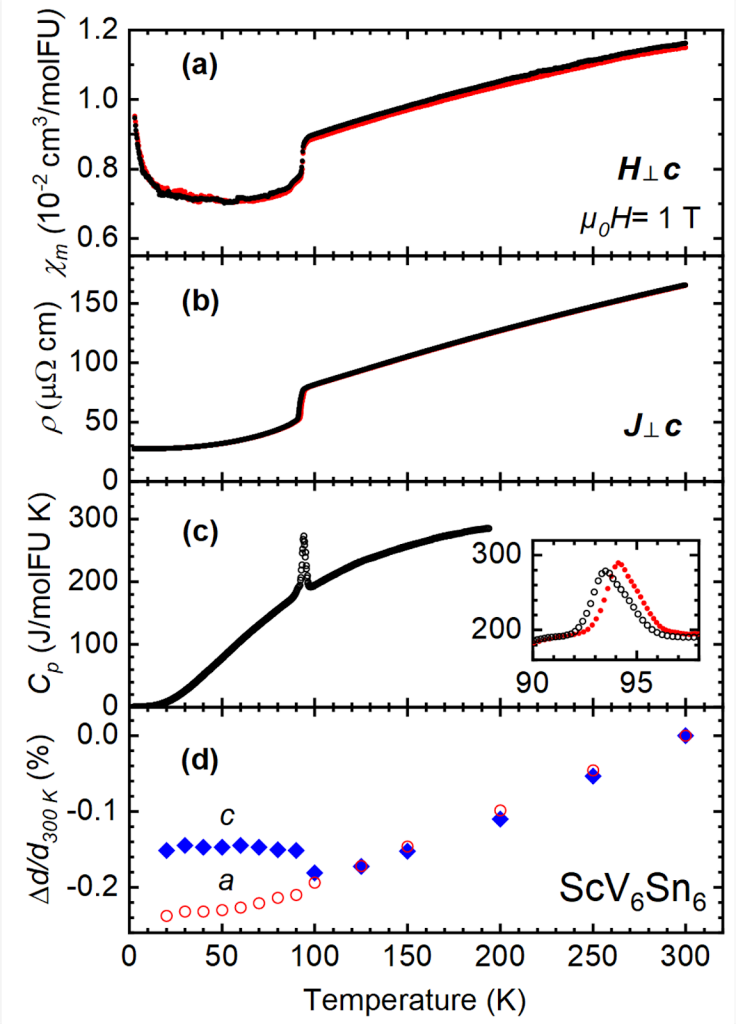
[email protected]
Professor of Materials Science and Engineering, University of Tennessee, Knoxville
Research focus: Quantum Materials, e.g. synthesis, molecular quantum systems, 2D materials, quantum magnetism, strongly correlated electron systems.
Website http://www.mandrus.net
Bio
David Mandrus is the Jerry and Kay Henry Professor in the Department of Materials Science and Engineering at The University of Tennessee (UT). He also holds a joint faculty appointment at Oak Ridge National Laboratory (ORNL) and a courtesy faculty position in the physics department at UT. His work is focused on the design, discovery, and basic characterization of new quantum materials. Over the years has worked on a wide variety of quantum and electronic materials including cuprate, pnictide, and heavy fermion superconductors, thermoelectrics, correlated semiconductors, quantum magnets, 4d/5d transition metal oxides, charge-ordered oxides, 2D magnets, helical magnets, and topological semimetals. He is an APS fellow since 2006, and in 2014 and again in 2019 he was named by the Gordon and Betty Moore Foundation as one of only about a dozen “EPIQS Materials Synthesis Investigators.” David Mandrus earned his Ph.D. in physics from Stony Brook University in 1992. His dissertation research involved infrared spectroscopy and break-junction tunneling studies of high-temperature superconductors. From 1992-1995 Dr. Mandrus was a postdoctoral associate at Los Alamos National Laboratory. While at LANL, he became interested in the synthesis and crystal growth of new materials, particularly correlated electron materials. In 1995 Dr. Mandrus joined the staff of Oak Ridge National Laboratory, and in 2000 established the “Correlated Electron Materials Group” (CEMG) at ORNL. From 2000 until 2010 Dr. Mandrus served as group leader of the CEMG. In 2010 Dr. Mandrus joined the faculty at the University of Tennessee.
Research Description
Design and discovery of new quantum materials, and characterization of their basic properties.
Recent research
https://doi.org/10.1103/PhysRevLett.129.216402
https://doi-org.utk.idm.oclc.org/10.7566/JPSJ.90.124706
https://doi.org/10.1103/PhysRevLett.127.117201
https://doi.org/10.1038/s41586-018-0631-z
Research Image
